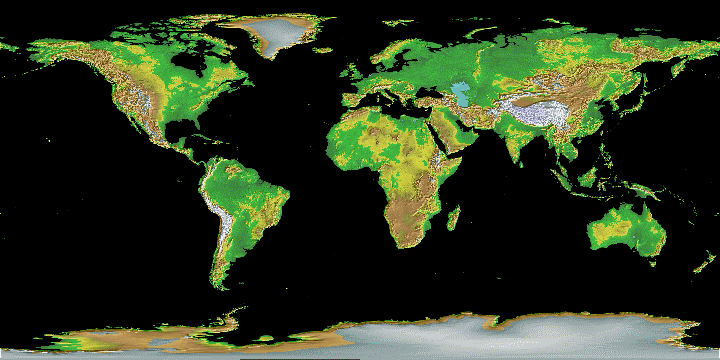Friday, January 8, 2010 | 4:43:00 AM
Sankranthi, or Sankranti (Sanskrit: मकर संक्रान्ति ), Makar Sankaranti marks the transition of the Sun into Capricorn on its celestial path. This is significant considering the Winter Solstice marks the beginning of the gradual increase of the duration of the day. Traditionally, this has been one of many harvest days in India.
Makara Sankranti or Sankranti - Uttar Pradesh, Bihar, West Bengal, orissa, Manipur, Maharashtra, Madhya Pradesh, Andhra Pradesh, Karnataka and Goa
The day on which the sun begins its journey northwards is referred to as Makar Sankranti. Sankramana means "to commence movement". Hence, the name Makar Sankranti is given to one of the largest, most auspicious, but varied festivals in the Indian subcontinent. It usually falls in the middle of January. Due to the geography and size of India, this festival is celebrated for innumerable reasons depending on the climate, agricultural environment, cultural background and location.
Regional Variation 
Sankranti is celebrated all over South Asia with some regional variations:
In India, it is known by different names and celebrated with different customs in different parts of the country:
- Makara Sankranti or Sankranti - Uttar Pradesh, Bihar, West Bengal, orissa, Manipur, Maharashtra, Madhya Pradesh, Andhra Pradesh, Karnataka and Goa
- Uttarayan- Gujarat and Rajasthan
- Lohri - Himachal Pradesh, Punjab
- Pongal - Tamilnadu
- Makara Vilakku Festival - Sabarimala Temple
In other countries too the day is celebrated under different names and in different ways. In Nepal,
- Tharu people - Maghi
- Other people - Maghe Sankranti or Maghe Sakrati In Thailand - สงกรานต์ Songkran
- In Laos - Pi Ma Lao
- In Myanmar - Thingyan
Posted By


